Tension
Tension
Tension in Packaging
Tension is a crucial concept in the world of packaging. It refers to the force applied to materials to keep them tight and secure. Proper tension ensures that packages remain intact during transport and storage.
Why Tension Matters
Maintaining the right tension is essential for several reasons. First, it prevents packages from loosening, which can lead to damage. Second, it helps in keeping the contents safe and secure. Lastly, proper tension improves the overall appearance of the package.
Types of Tension
There are different types of tension used in packaging. These include mechanical tension, applied using machines, and manual tension, applied by hand. Both types have their own advantages and are chosen based on the packaging needs.
Applications of Tension
Tension is used in various packaging methods. For example, in shrink wrapping, tension helps to keep the wrap tight around the product. In strapping, tension ensures that the straps hold the package securely. Understanding the right amount of tension is key to effective packaging.
How to Measure Tension
Measuring tension accurately is important. Tools like tension meters are used to measure the force applied. These tools help in ensuring that the tension is neither too loose nor too tight, achieving the perfect balance for secure packaging.
Conclusion
In summary, tension plays a vital role in packaging. It ensures that packages are secure, safe, and presentable. By understanding and applying the right tension, you can improve the quality and reliability of your packaging.
Blog Posts with the term: Tension

Unique packaging designs enhance gift boxes by creating memorable unboxing experiences and reflecting the giver's care. Personal touches, eco-friendly materials, and innovative design elements can elevate both personal gifts and brand identity. Creative packaging for gifts makes a strong first impression,...
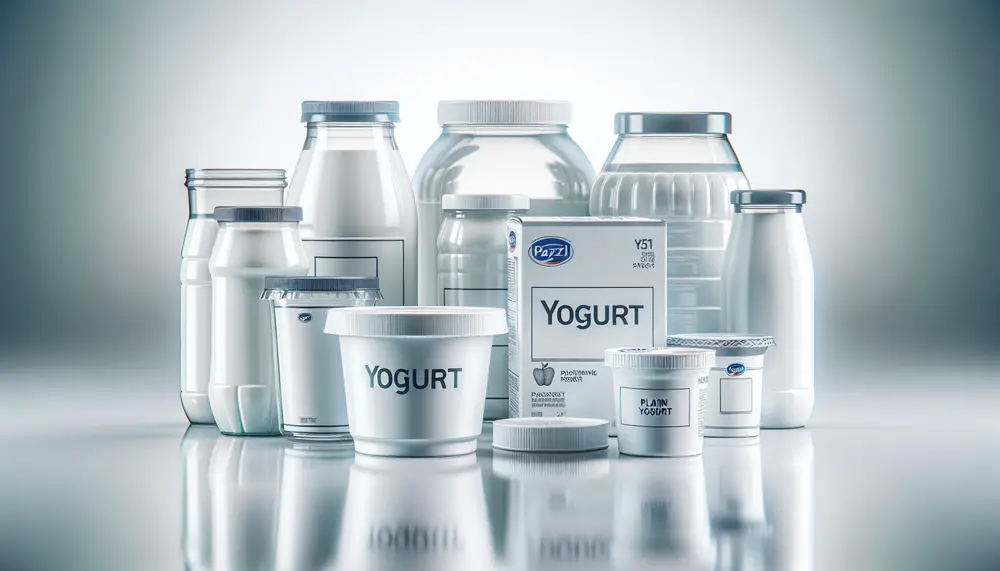
The article discusses the significance of yogurt packaging materials in preserving quality, extending shelf life, and marketing. It highlights various types of packaging like glass, plastic, composites, eco-friendly alternatives, and metal containers with their respective properties. Packaging choices for yogurt impact...
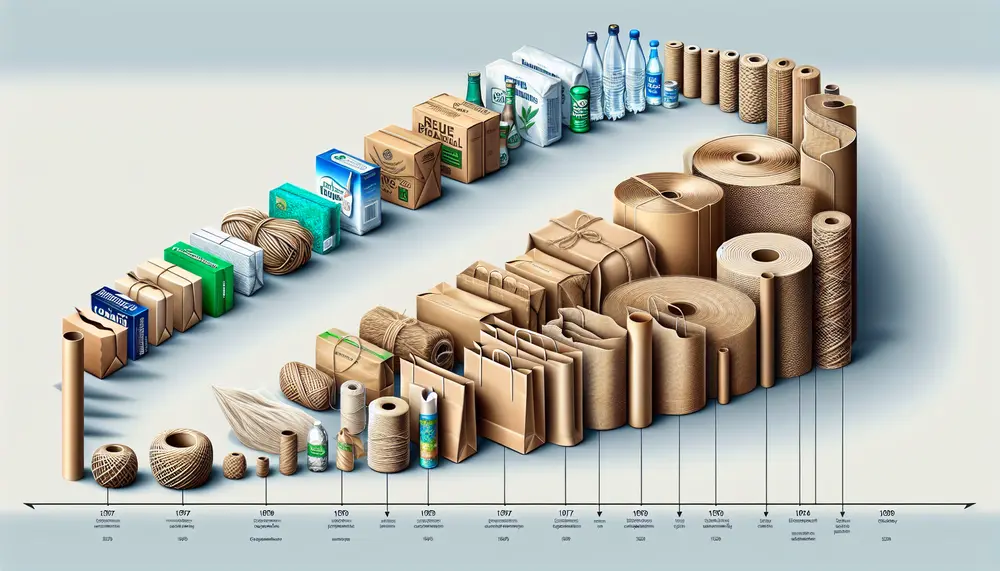
Packaging is a complex, engineered process for product protection, presentation, and preservation with functions including containment and information. It has evolved to incorporate user experience, environmental considerations, and technological advancements. Historically packaging materials have advanced from natural resources to modern lightweight...
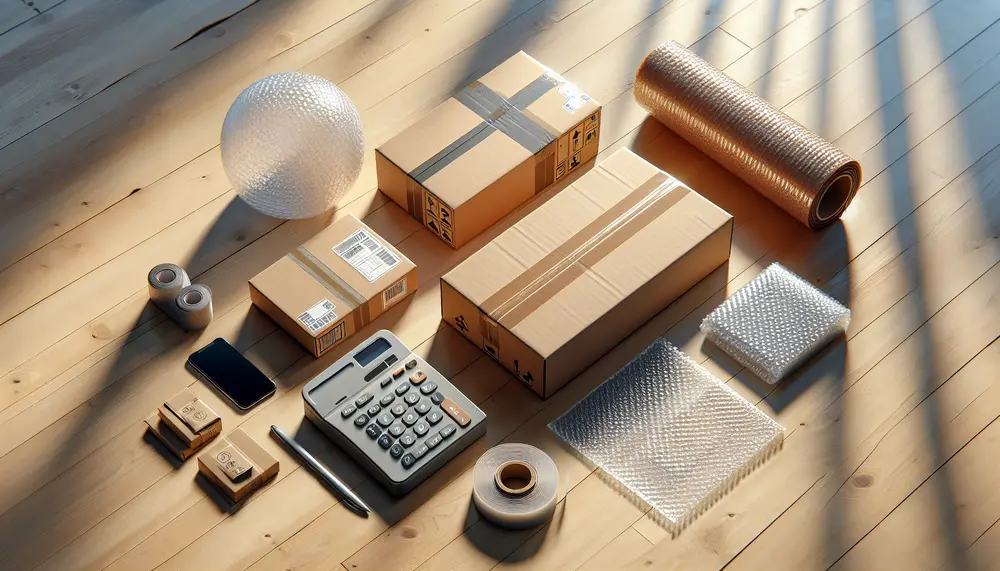
The packaging HS code is a ten-digit number essential for international trade, determining tariffs and ensuring compliance with regulations. It's part of the Harmonized System used globally by customs to classify products, where the first six digits are universal and...
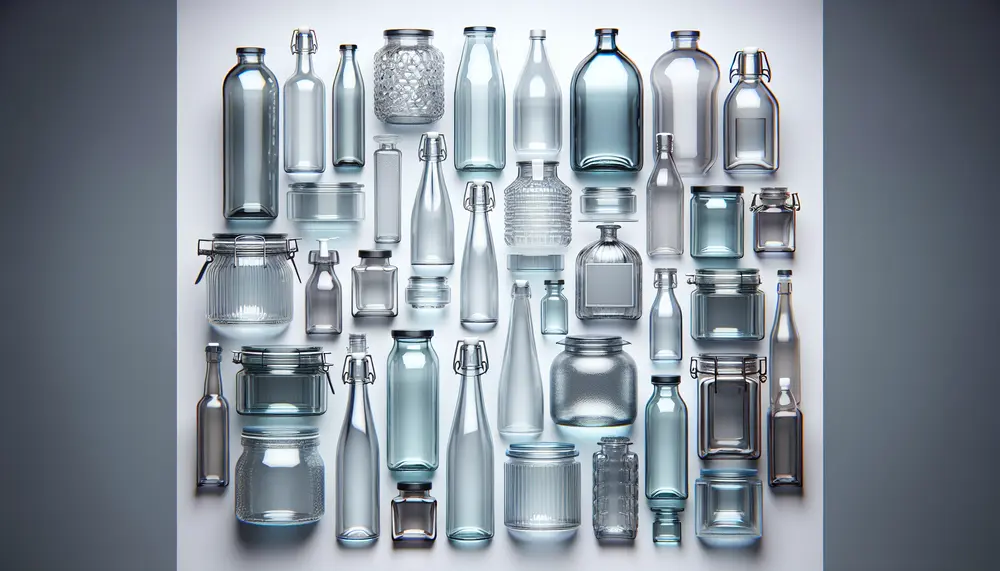
Glass packaging is valued for its durability, inertness, and transparency, ideal for storing various products while being 100% recyclable. Different types of glass like borosilicate and soda-lime are used in packaging due to their unique properties such as thermal resistance...
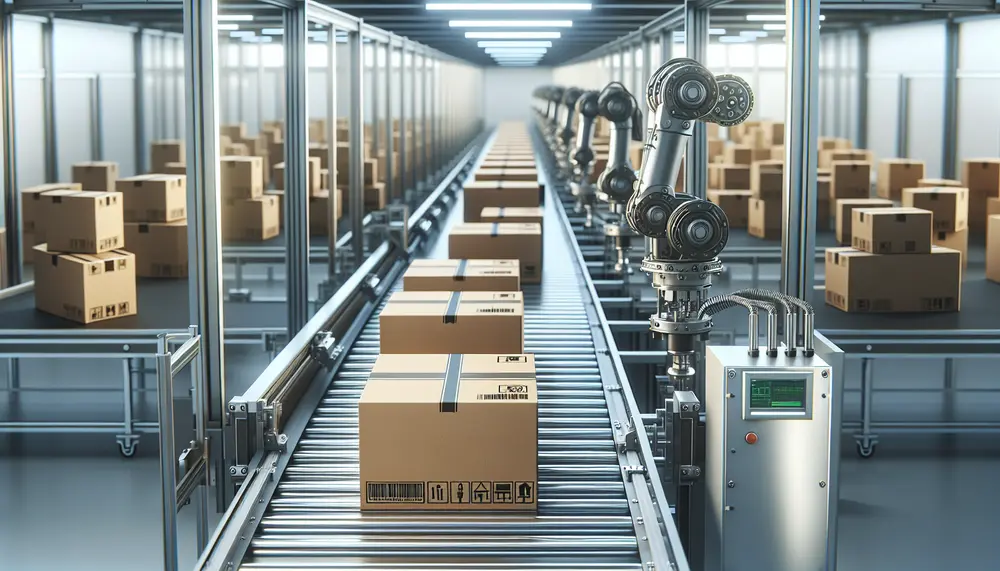
The packaging industry's value chain encompasses material procurement, design and development, manufacturing, distribution, marketing, sales, and after-sales service. Challenges such as environmental regulations, consumer demands for sustainability, cost volatility, technological advances, globalization issues, and supply chain complexity necessitate strategic planning...

Understanding the Basics of Packaging Materials in Agriculture: Agricultural packaging is essential for protecting produce during transport and extending shelf life, with material choice balancing product needs, efficiency, marketing appeal, and sustainability. Choosing the Right Packaging for Your Agricultural Products: Selecting...
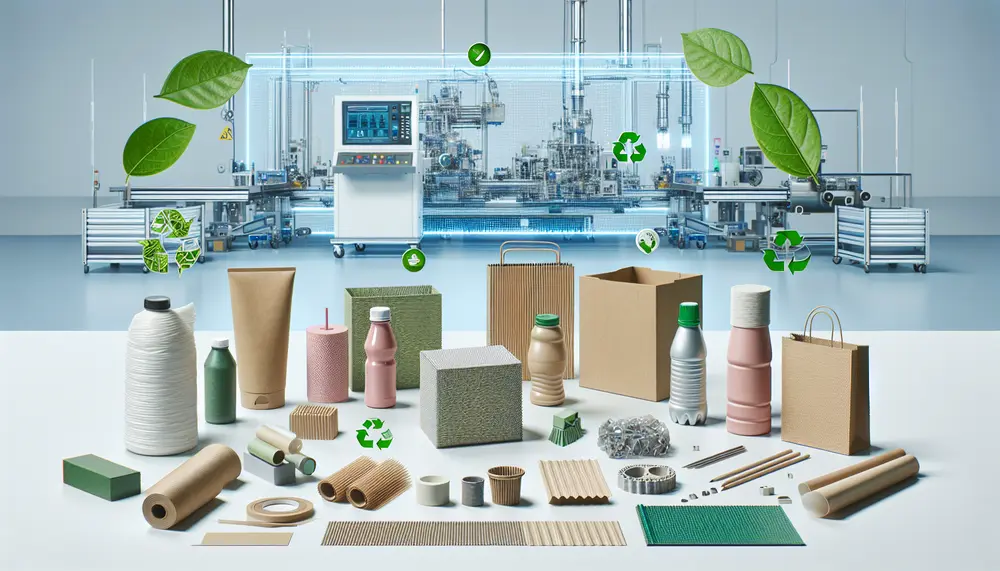
The packaging and technology revolution is transforming product protection, preservation, and presentation through intelligent systems, AR/VR experiences, digital printing for customization, with a focus on data security in smart packaging solutions. This intersection of fields offers innovation opportunities across industries. Technology's...

Packaging materials range from traditional paper and glass to modern bioplastics, each with unique properties affecting product safety, cost-effectiveness, and environmental impact. Selecting the right packaging is crucial for brand identity, customer satisfaction, and sustainability; factors like protection needs, branding...

Vacuum packaging extends food shelf life by removing air to prevent microbial growth, oxidation, and moisture changes. It's versatile for various products and involves specialized machinery that creates a low-oxygen environment to protect against spoilage....
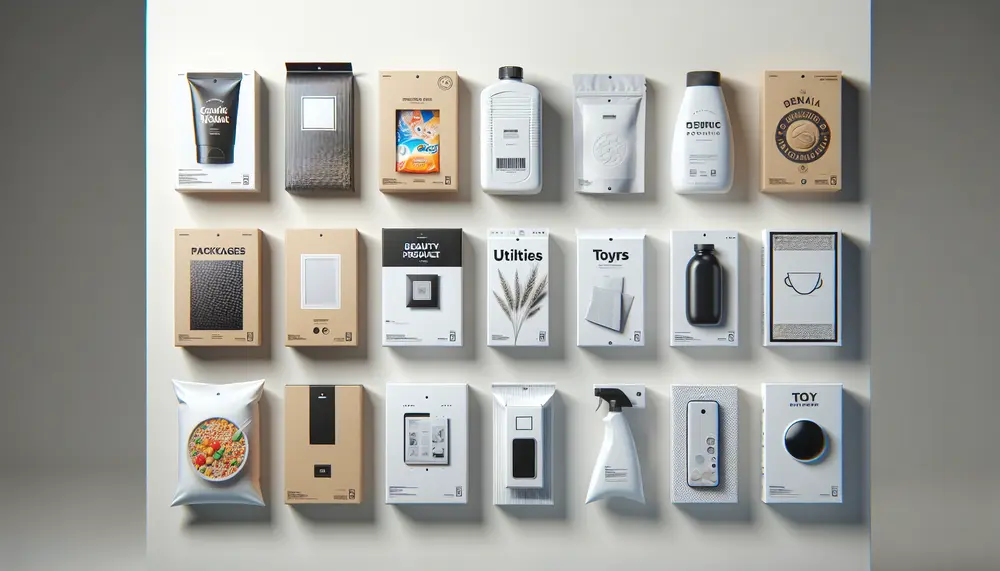
Packaging plays a critical role in first impressions, influencing consumer perception and purchasing decisions within seconds by conveying brand identity and evoking emotions. Design elements like clarity, typography, imagery, consistency, and functionality are key to creating packaging that is both...
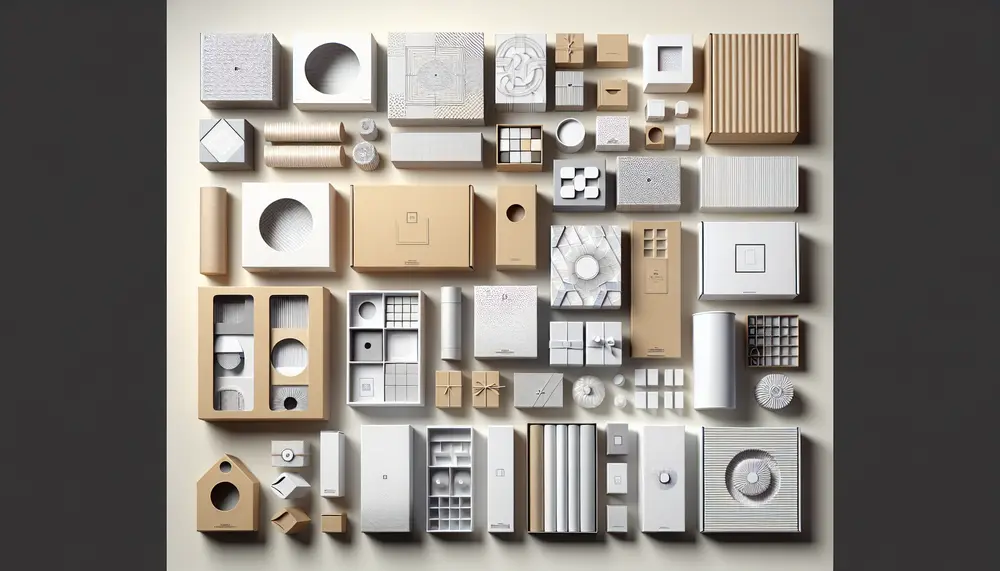
Packaging box mockups are crucial for designers to visualize and refine packaging designs efficiently, offering a realistic portrayal of the final product without creating physical prototypes. They come in various types including flat lay, 3D, interactive, environmental, and photorealistic mockups...

Packaging materials are crucial for product protection, branding, and environmental impact; choosing the right type depends on various factors including the product's nature and consumer trends. Paper-based options like corrugated cardboard and SBS paperboard offer sustainable choices with different balances...
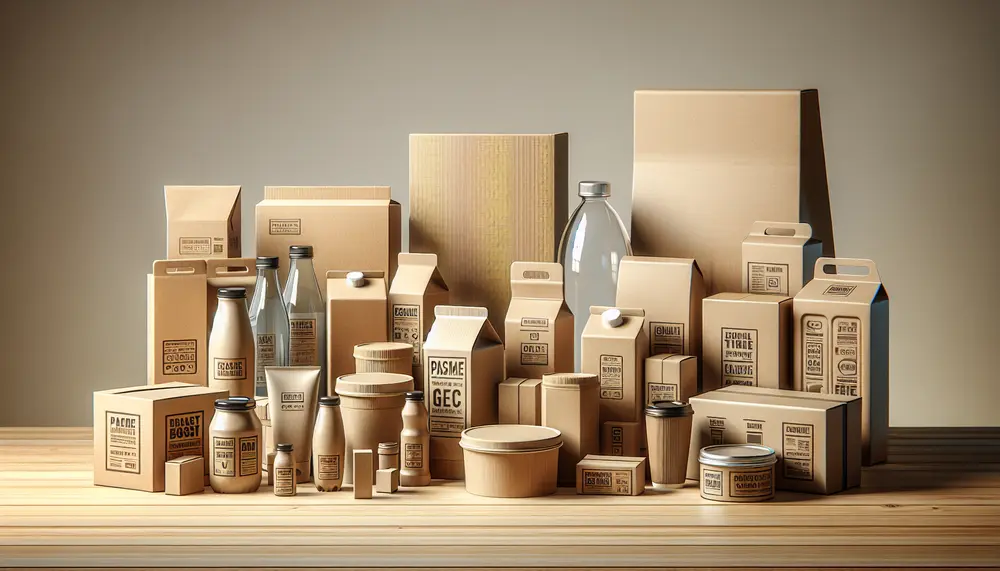
Packaging and branding are crucial for product success, with packaging acting as a brand ambassador and influencing purchasing decisions while branding shapes customer perception. Effective strategies enhance recognition but can be costly, whereas well-designed packaging combines clarity and visual appeal...
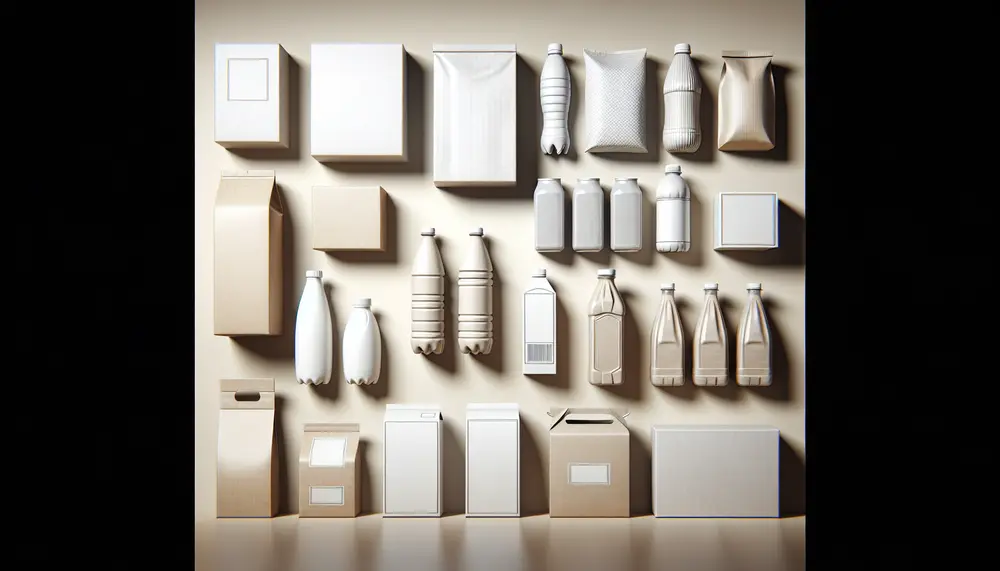
Branding and packaging significantly influence consumer perception by conveying brand values through design elements, creating a memorable experience that can drive purchase decisions. Innovative branding examples from companies like Apple and Nike demonstrate the importance of aligning packaging with brand...
